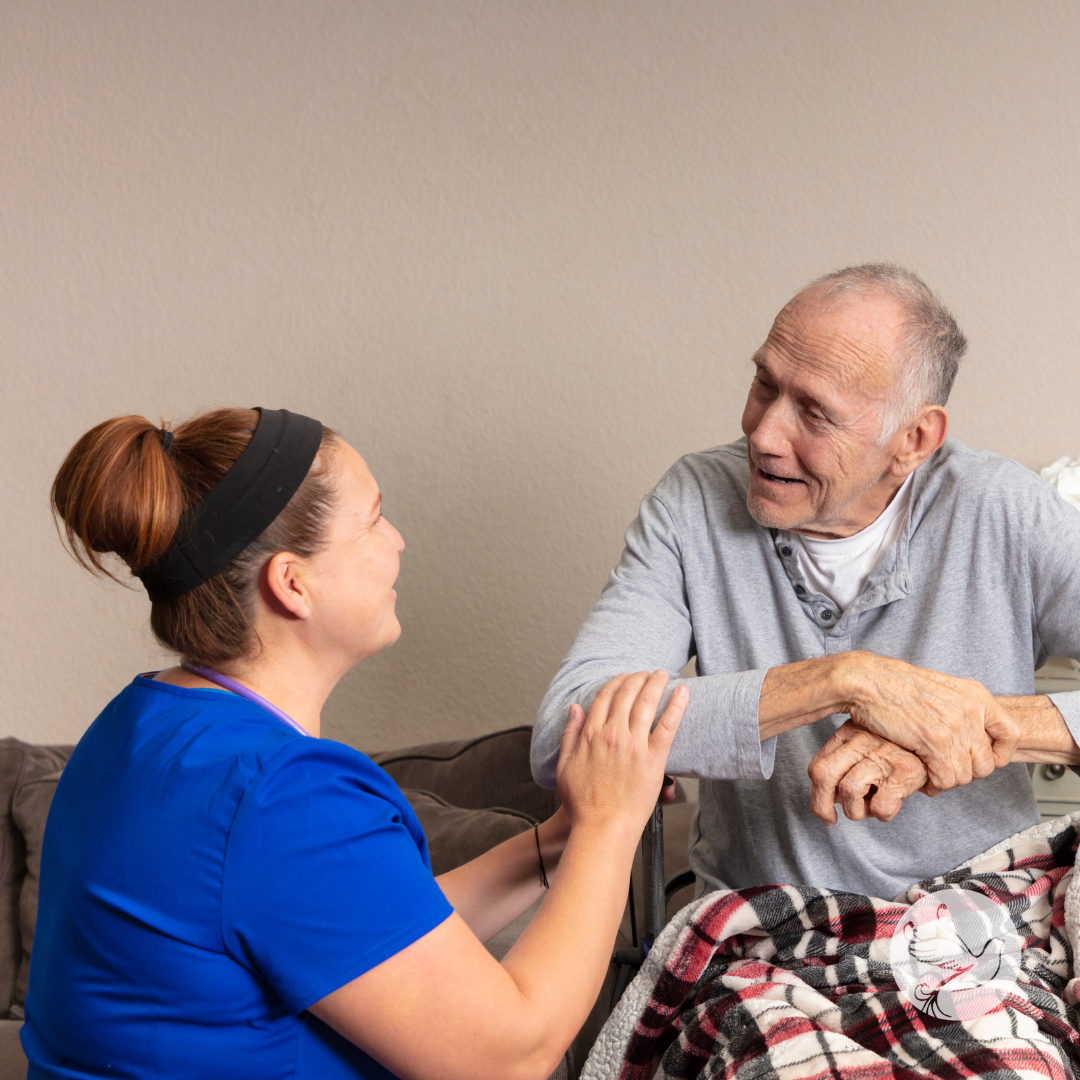Four Levels of Hospice Care
Hospice care is structured into four levels, each designed to meet the varying needs of patients and their families. The first level is routine home care, where patients receive care in their homes, focusing on comfort and symptom management. The second level, respite care, offers short-term relief for primary caregivers, allowing them time to rest while the patient receives care in a facility. General inpatient care is the third level, providing more intensive medical care in a hospice facility for patients with complex symptom management needs. Finally, the fourth level is continuous care, which ensures round-the-clock nursing support in a patient's home or hospice facility during a crisis. Each level aims to enhance quality of life and support for both patients and families during end-of-life care.
Routine Home Care:
This is the standard level of hospice care, provided in the patient's home. It focuses on symptom management and comfort, often including medication management, wound care, and emotional and spiritual support.
Continuous Home Care:
When symptoms are severe or require more frequent care, continuous home care is provided. This involves skilled nursing or hospice staff visiting the patient's home more frequently, potentially for several hours or overnight.
General Inpatient Care:
If symptoms cannot be managed at home, general inpatient care is offered in a hospital or hospice inpatient unit. This provides 24/7 care for acute symptom management.
Respite Care:
This level provides short-term relief for primary caregivers. Patients are transferred to a Medicare-certified inpatient facility for a few days while the caregiver takes a break. Respite care helps prevent caregiver burnout and allows them to maintain their own well-being.

